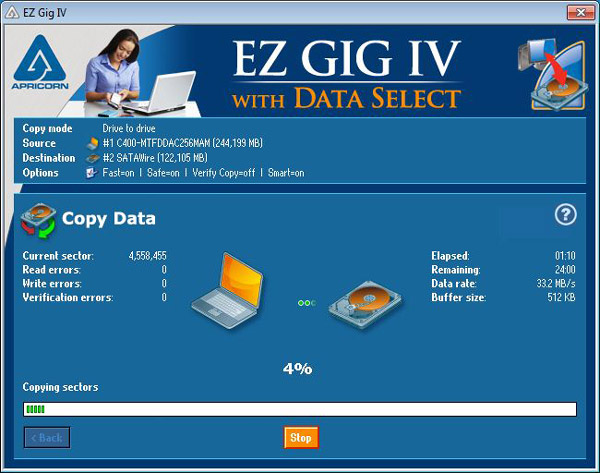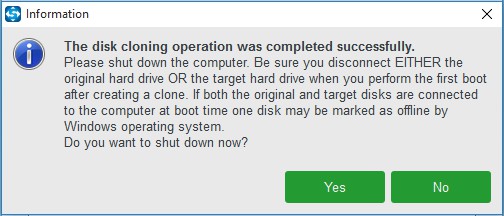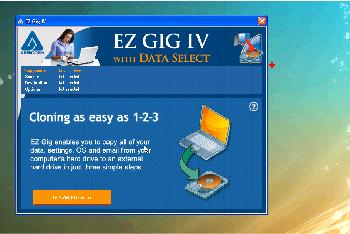


This is especially important if the destination is larger than the source. Make sure you adjust the size of the cloned partition in the next step.You need to make sure you don't pick a drive that is already in use as all contents of it will be overwritten during the process. Click on "select a disk to clone to" on the next screen, and pick the new drive.This copies all contents of that drive to the destination drive. You find the "clone this disk" option below the drive once it has been selected.The main hard drive with Windows is listed with a small Windows-icon in front of its name and drive letter. Select the hard drive that you want to clone.If that is not the case for you, make sure the Disk Image tab is activated. Macrium Reflect Free displays all drives in its interface on start.Asus defaults their machines to use 3 partitions on one drive, so this was very important to the cloning process from a larger drive to a smaller one.Install and run Macrium Reflect afterwards. This allowed me to clone, and at the same time, it gave me new partition sizes. Afterward, I was able to run EaseUs Todo Backup Free, which you can find at. This allowed me to get it recognized on the Windows 10 VivoPC. So, I had to connect it to my Mac with an external enclosure, so I could format it with NTFS (using Tuxera). After many attempts (using Disk Management, etc). The VivoPC, however, wouldn’t read my new drive. The MBP easily upgraded with Time Machine. One into a MacBook Pro and one into an Asus VivoPC.

I recently moved a 500GB HDD to my Ultra II 480 SSD. Expanding on the previous answer, it could be related to your drop in size, but also because your drive doesn’t come pre-formatted from Sandisk.


 0 kommentar(er)
0 kommentar(er)
